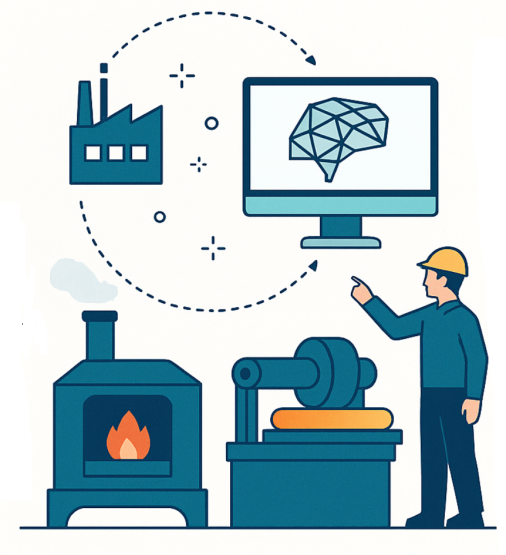Impact
ProcTwin will help make steel production smarter, cleaner, and more efficient. By combining digital twin technology with real-time data and artificial intelligence, the project enables steelmakers to better control and optimize each step of the manufacturing process. This innovation is expected to improve resource efficiency in the European steel industry leading to energy savings in the order of 5% and CO2 savings of 3%, contributing to the decarbonisation of the steel sector.
Improved digital control also means fewer production errors and more consistent product quality. These results will be demonstrated in two industrial sites in Spain and Sweden, setting an example for other factories across Europe.
Beyond environmental and production benefits, ProcTwin empowers workers by providing them with smart tools and better data. This not only supports safer, more efficient operations but also helps develop the digital skills needed in tomorrow’s high-tech industry. With ProcTwin, the steel sector moves a step closer to a greener, digitally connected future.


